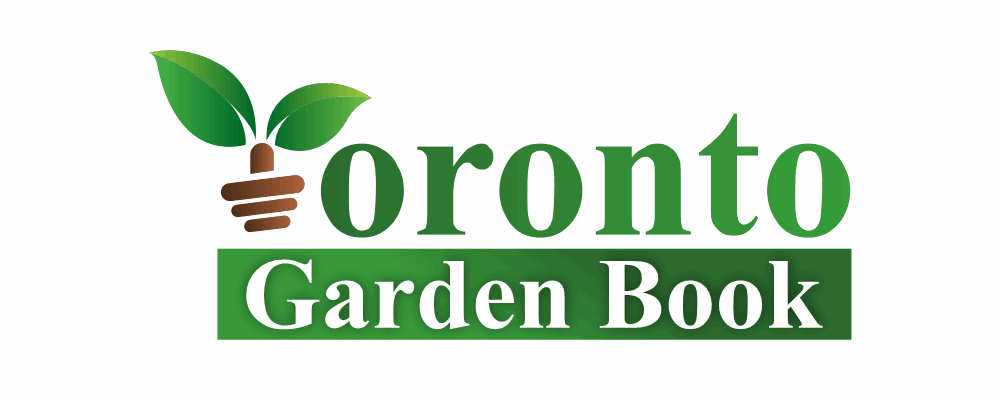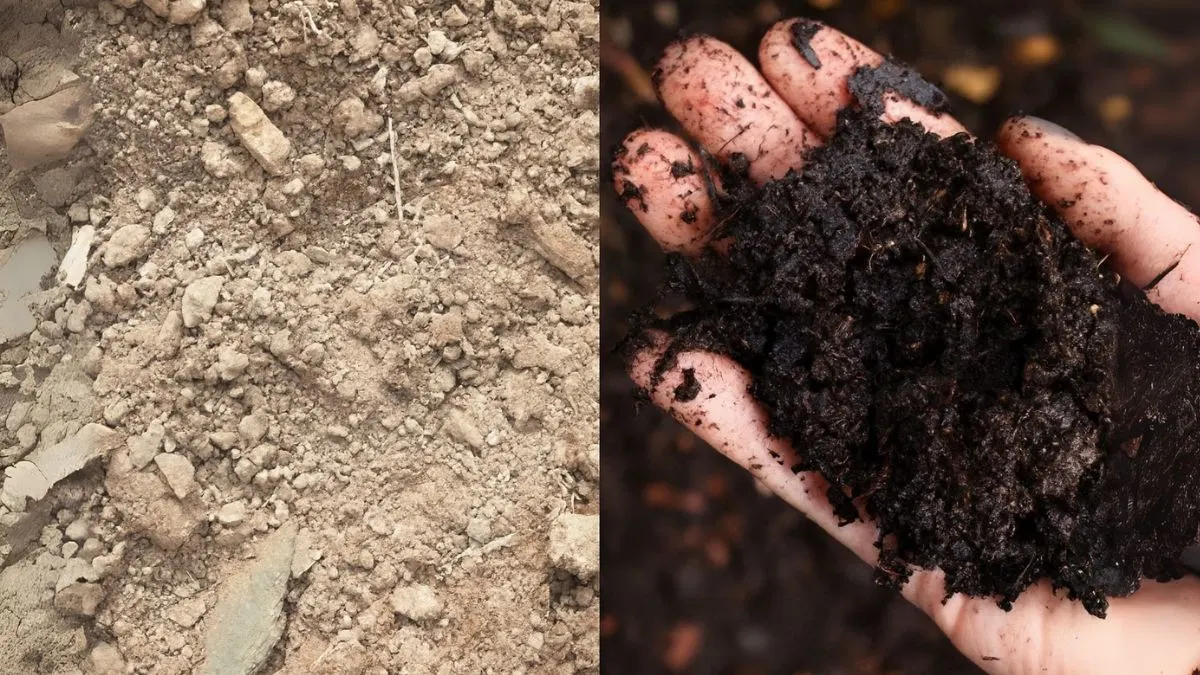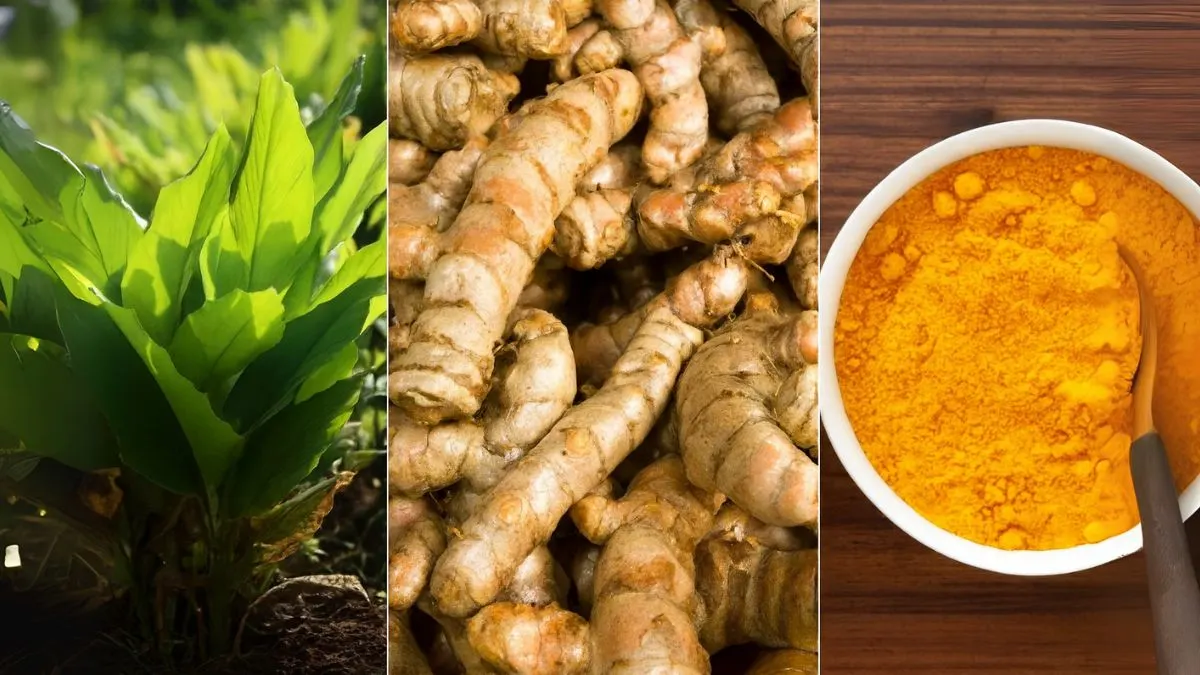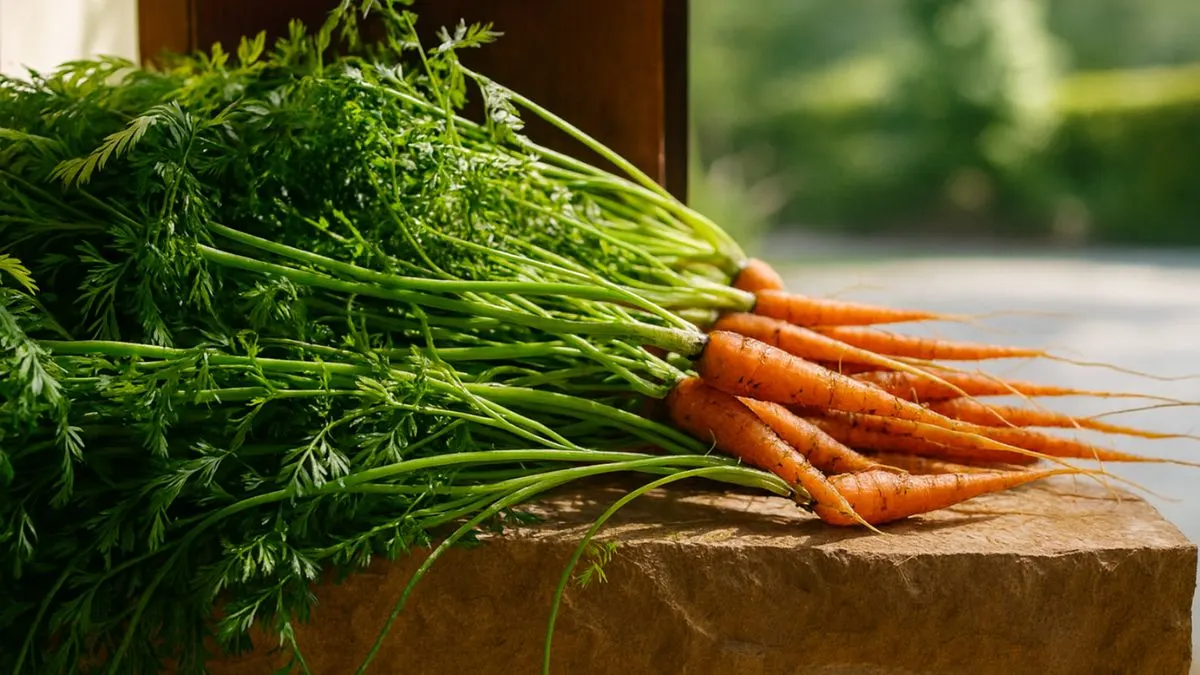If you’ve ever wandered through a spring meadow in North America or Europe, you may have noticed a small plant with reddish-purple leaves standing out among the greenery. This humble herb is Purple Dead Nettle (Lamium purpureum)—a wild plant often overlooked as just another weed, but in reality, it’s a powerhouse of nutrition and healing properties.
In my own garden in Ontario, this plant was once an uninvited guest. But after learning its benefits, I started harvesting it each spring instead of pulling it out. It’s proof that sometimes, the plants we ignore hold the most value.
How to Recognize Purple Dead Nettle (Lamium purpureum)
When learning how to recognize Purple Dead Nettle (Lamium purpureum) and brilliant ways to use it, identification is the first step.
| Feature | Description |
| Leaves | Heart-shaped, soft, and reddish-purple at the top, fading to green at the base. |
| Height | Usually 5–20 cm tall, making it a true small plant. |
| Flowers | Small, tubular, pinkish-purple blooms. |
| Stems | Square-shaped, typical of the mint family. |
It often grows in disturbed soil—lawns, gardens, roadsides—and blooms early in the season, making it one of the first edible spring food sources for both humans and pollinators.
Edible and Nutritious – A True Spring Superfood
Many people are surprised to learn that different aerial parts of this plant are edible. The leaves, stems, and even flowers can be eaten raw or cooked.
One of my favorite discoveries was that purple dead nettle can be used anywhere you would use spinach or leafy green herbs. Toss it into omelets, blend it into smoothies, or sauté it lightly with garlic and olive oil. Its mild, earthy taste pairs well with eggs, pasta, and grain bowls.
Nutritionally, it’s rich in vitamins A, C, and K, along with iron and fiber—perfect for replenishing nutrients after a long winter.
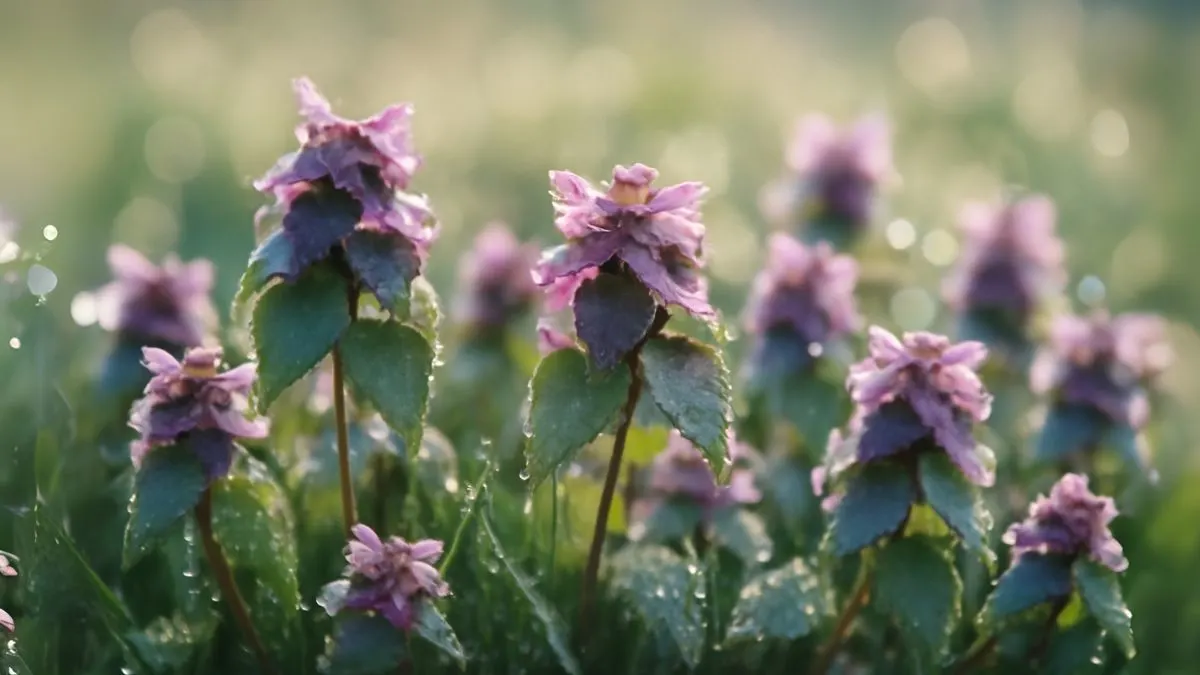
Medicinal Benefits – Nature’s First Aid
The healing properties of Purple Dead Nettle are equally impressive. Traditionally, the leaves can be used on external wounds or cuts to help slow bleeding and prevent infection. This makes it a useful companion on hikes or in backyard foraging adventures.
Its anti-inflammatory and antimicrobial qualities also make it suitable for teas and infusions, often used to soothe seasonal allergies and mild skin irritations.
Also Read: The Surprising Science Behind Burning Bay Leaves for Calm & Focus
Ways to Use Purple Dead Nettle in Your Kitchen
When you know how to recognize Purple Dead Nettle (Lamium purpureum) and brilliant ways to use it, you’ll see it as more than a weed—it’s a free seasonal ingredient.
Culinary Uses:
- Salads – Add fresh young leaves for a pop of color and nutrition.
- Soups & Stews – Stir in chopped leaves at the end for extra flavor.
- Smoothies – Combine with fruits for a vitamin-rich green drink.
In my own kitchen, I’ve used it in pesto by substituting part of the basil with dead nettle leaves—it creates a unique, slightly floral taste.
Sustainability and Ecological Role
Aside from being a culinary and medicinal resource, Purple Dead Nettle plays a vital role in nature. It flowers early, providing nectar for bees when few other plants are blooming. Its resilience in poor soil makes it a great ground cover to prevent erosion.
Plus, it’s an easy, low-maintenance addition to wildflower gardens in both Canada and the USA.
Harvesting Tips
If you plan to collect it:
- Harvest before it flowers for the best flavor.
- Choose plants away from roadsides to avoid pollution.
- Use scissors to snip the tops, encouraging regrowth.
By taking only what you need, you ensure the plant can continue benefiting wildlife and returning year after year.
Also Read: Container Gardening Secrets for Endless Baby Cucumber Harvests
Purple Dead Nettle Facts
| Benefit | How It Helps |
| Edible Spring Food | Provides early nutrition after winter. |
| Aerial Parts Edible | Leaves, stems, and flowers are usable. |
| Medicinal Uses | Leaves can be used on external wounds or cuts. |
| Culinary Substitute | Can be used anywhere you would use spinach or leafy green herbs. |
| Garden Role | Early pollinator food and soil protector. |
Once you’ve learned how to recognize Purple Dead Nettle (Lamium purpureum) and brilliant ways to use it, you’ll never look at it as a simple weed again. It’s nutritious, medicinal, and ecologically important—a plant that deserves a place in our gardens and kitchens.
So next spring, before you pull out those reddish-purple leaves, think twice. You might be removing one of the most versatile and beneficial plants nature has to offer.
Click here to read more such blogs on the Toronto Garden Book!
